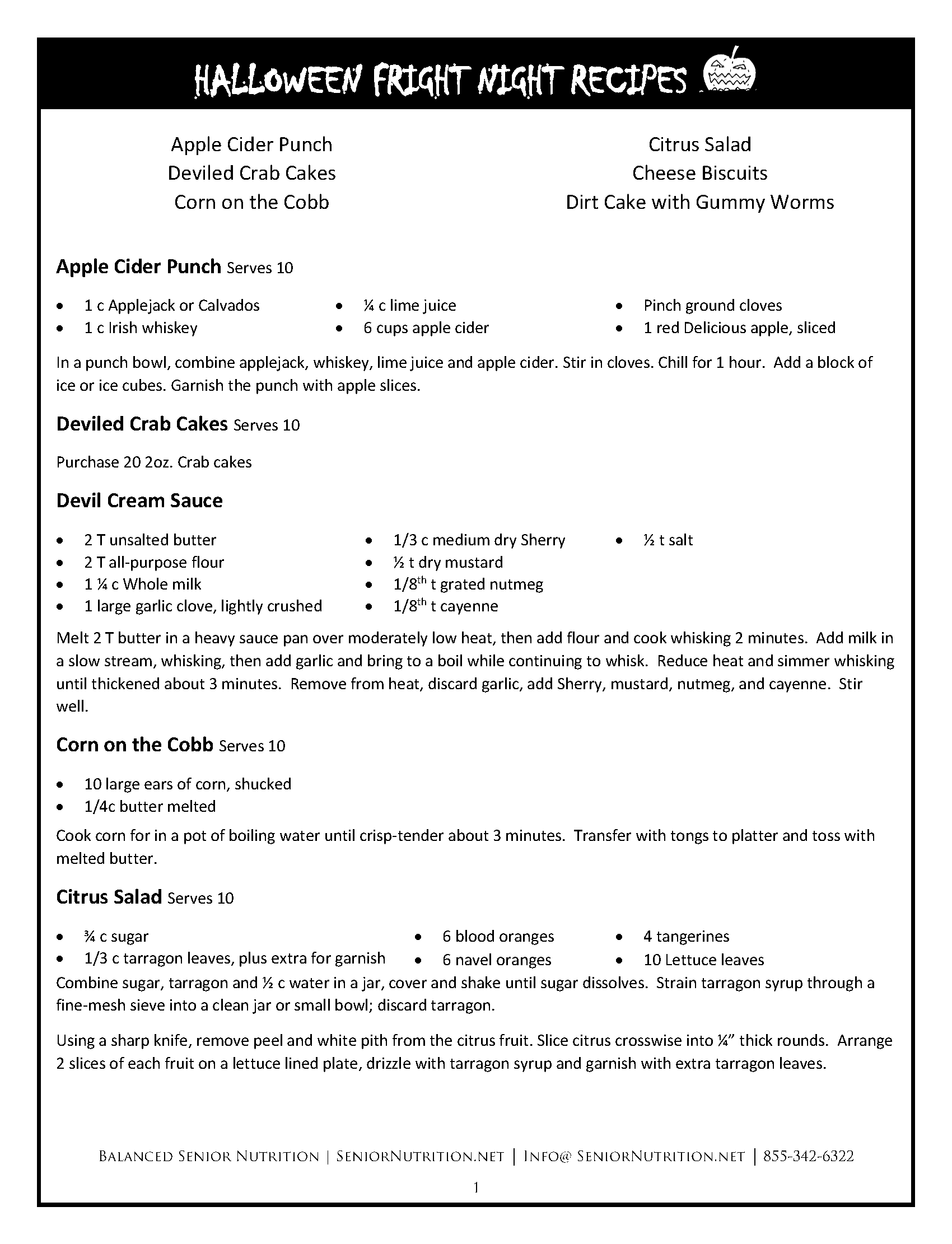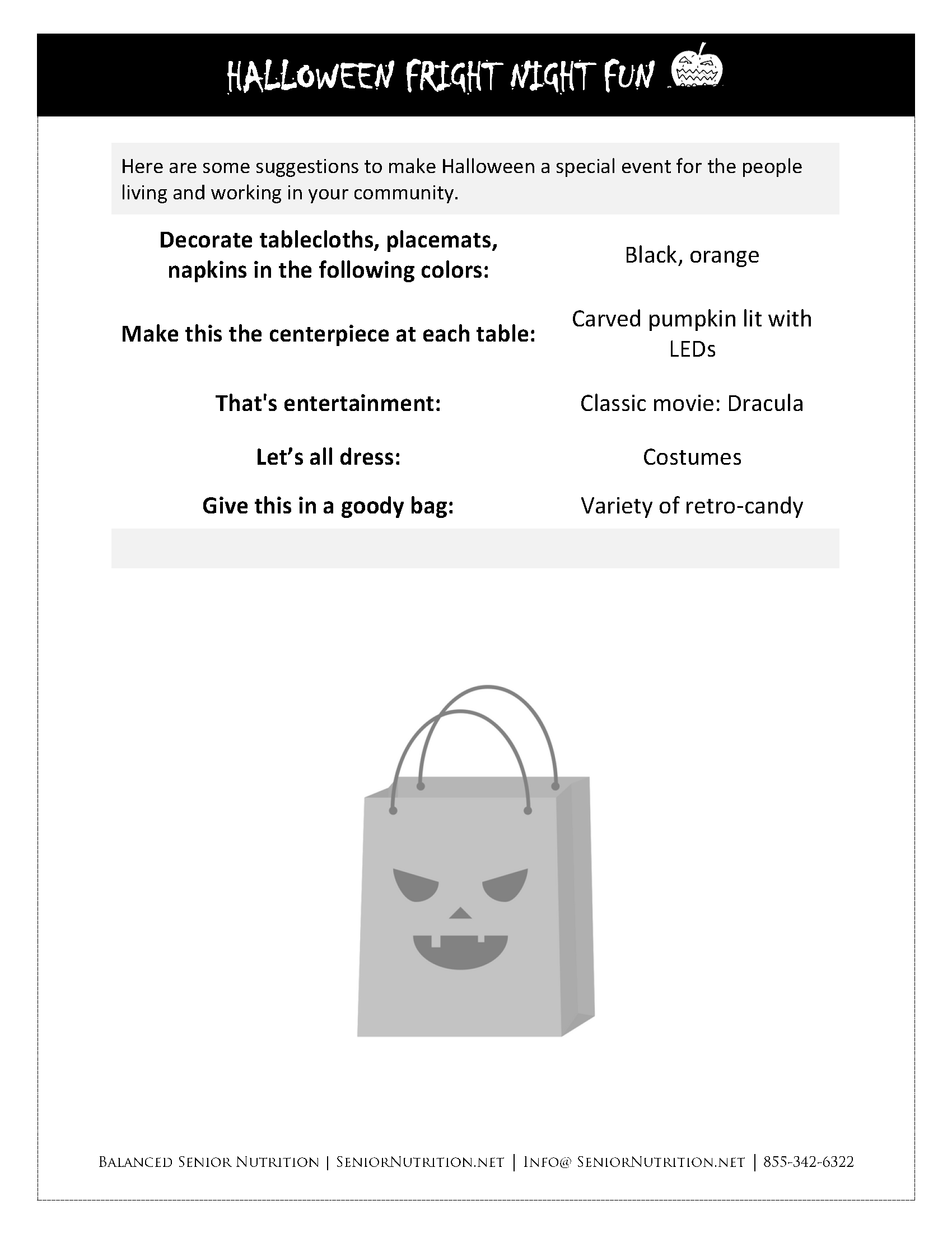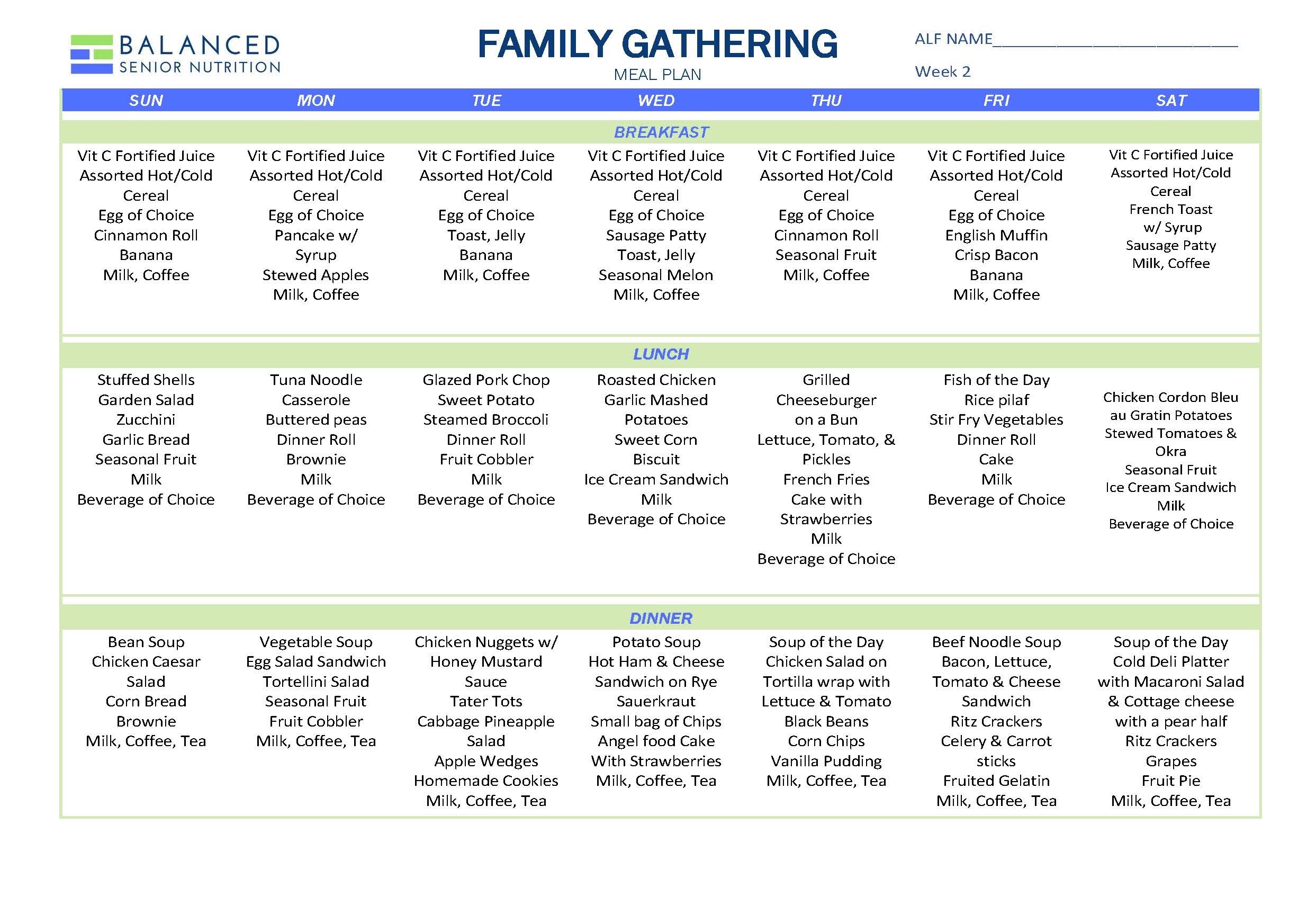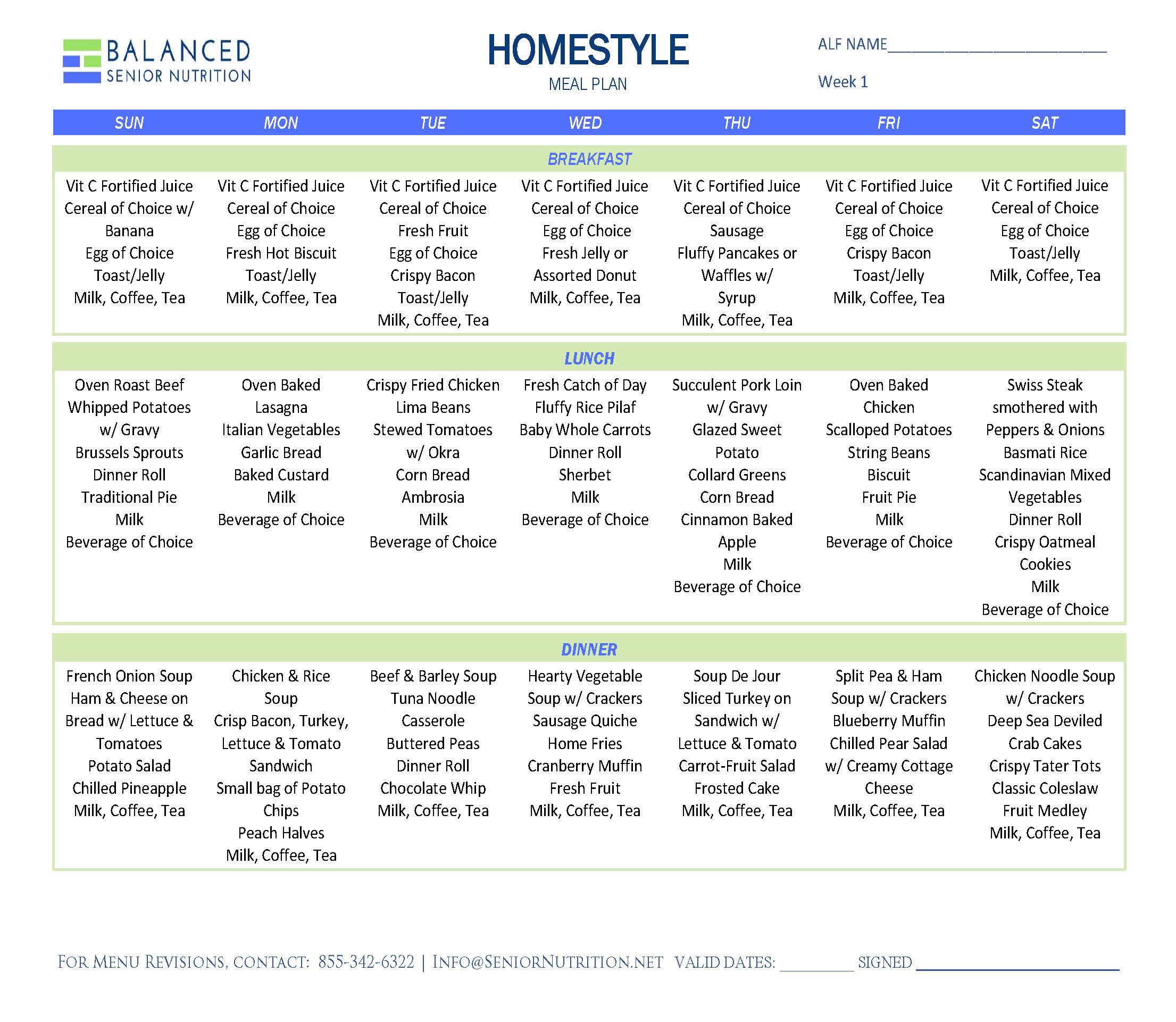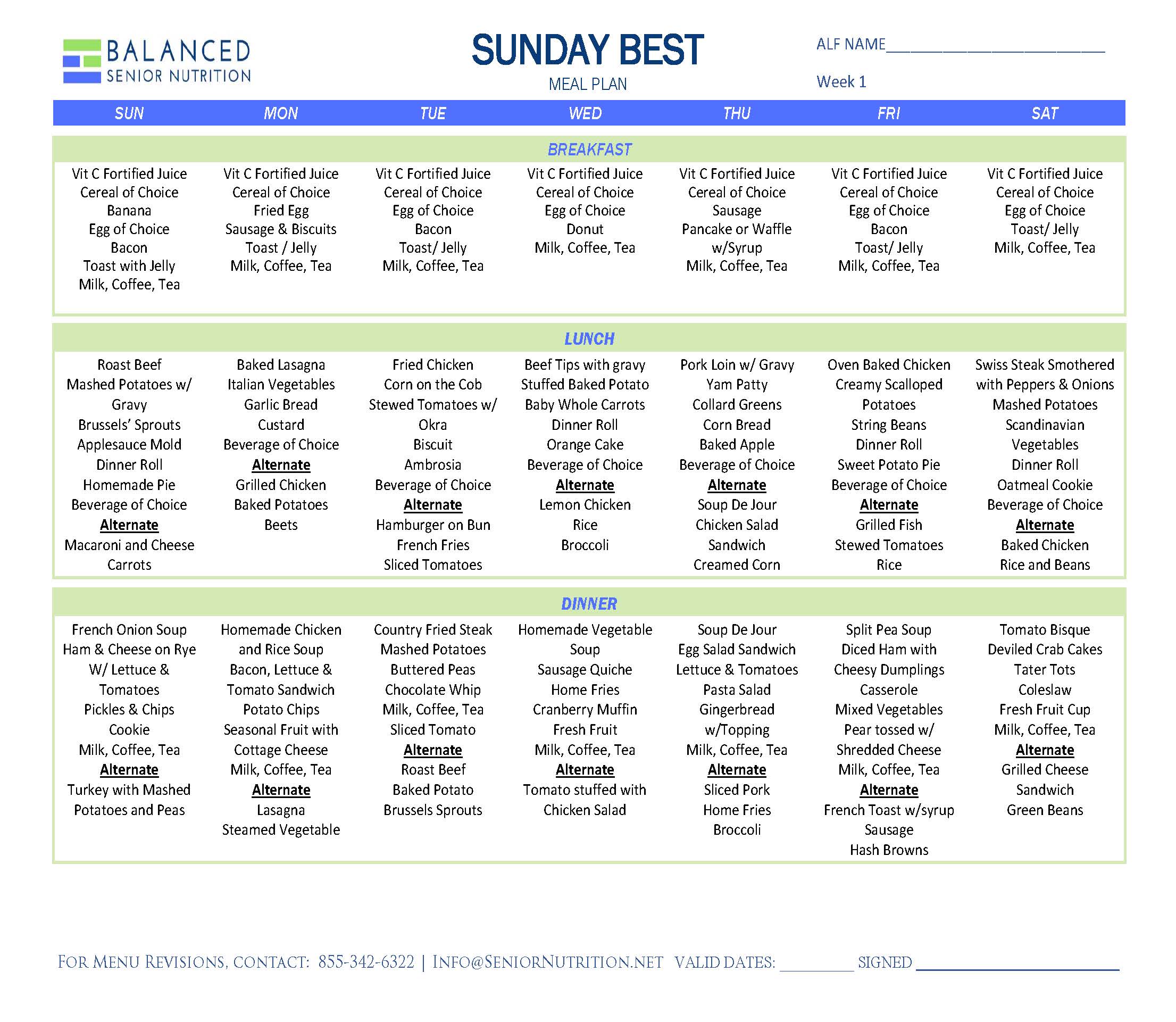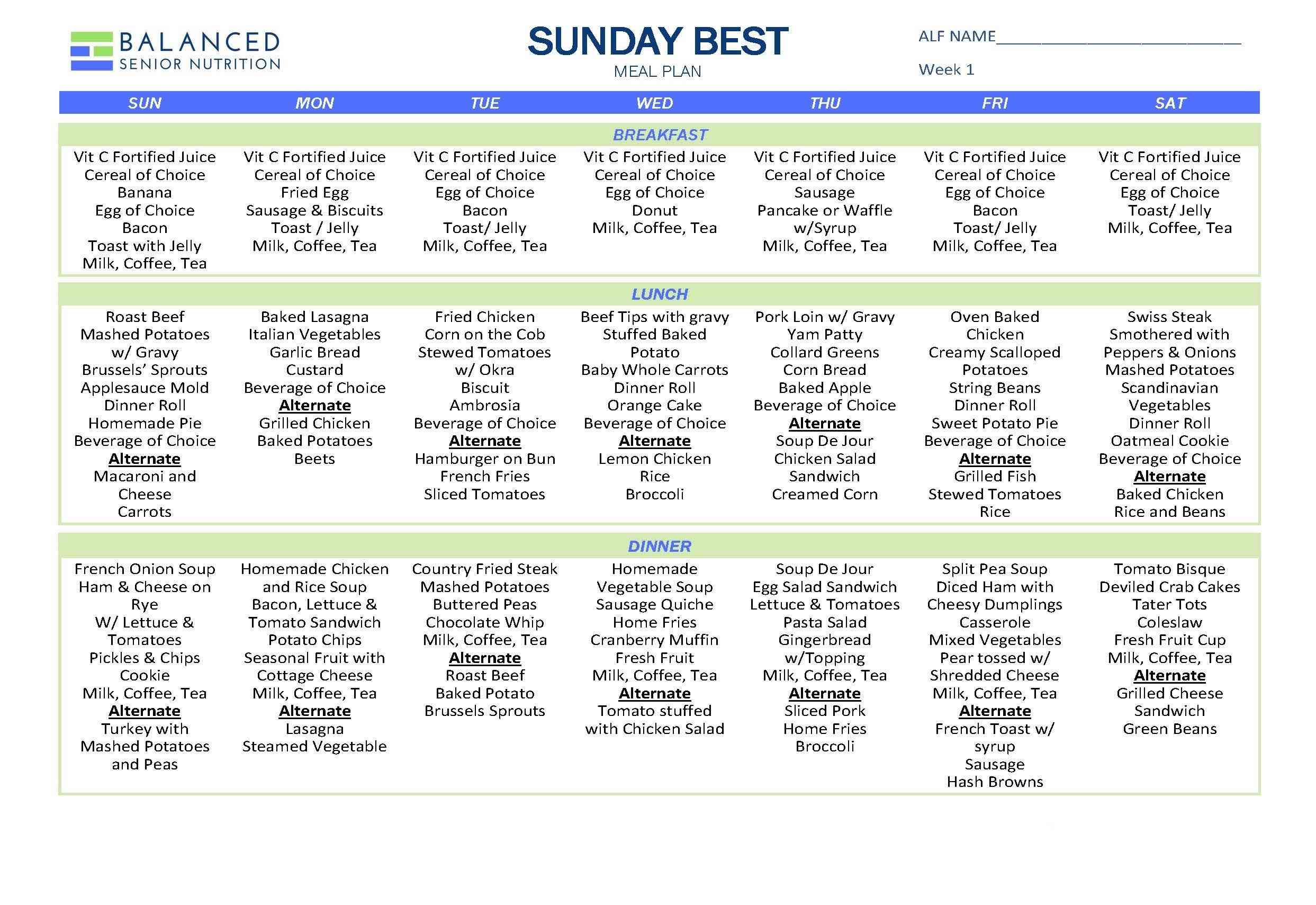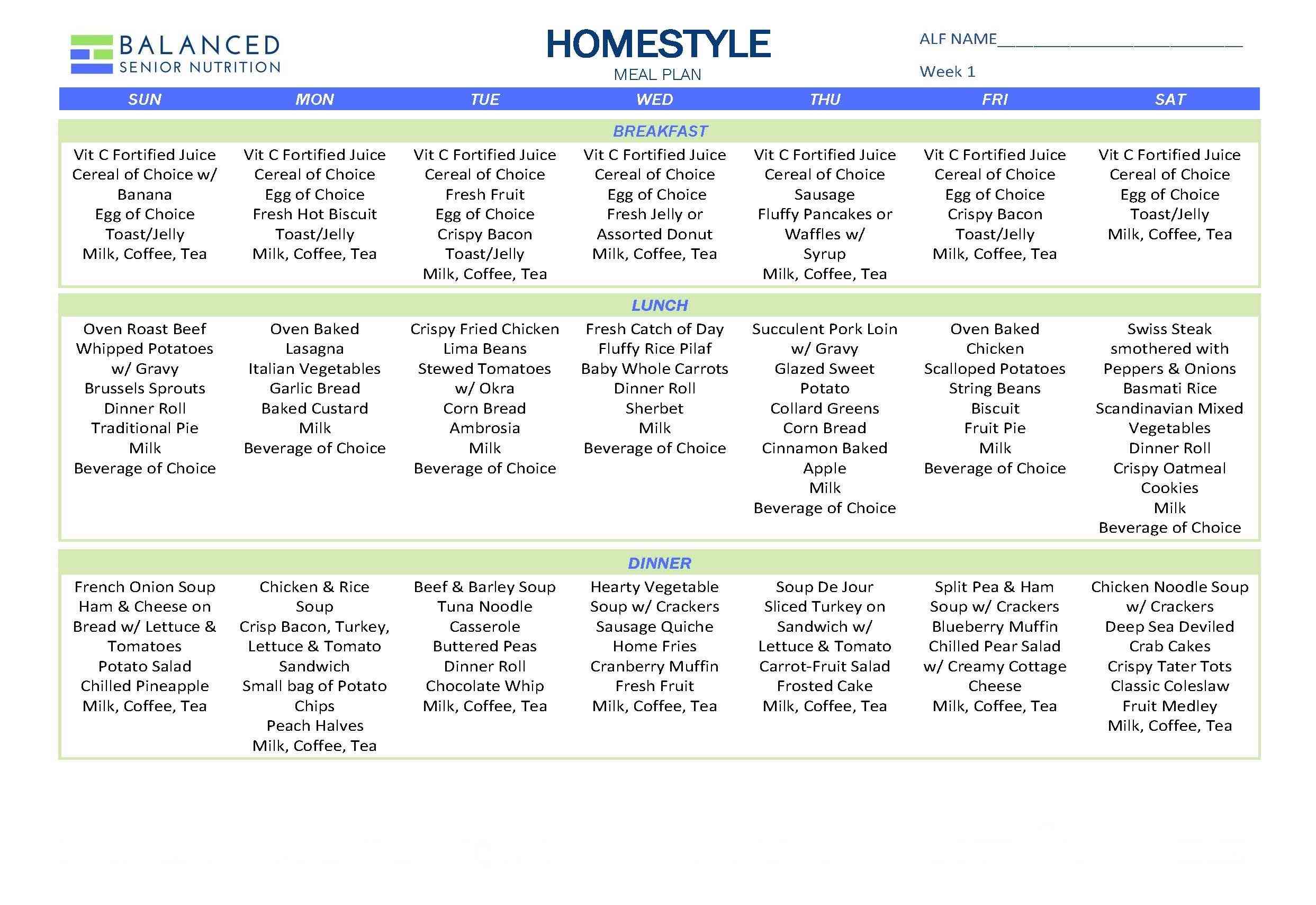
Ms. G. had been on a restricted therapeutic diet of puréed foods and nectar-thick liquids. Luckily for her, the Resident’s Council at her nursing home had just approved a new program of resident-directed dining so she told her nurse’s aide that she wanted to try something different with her diet, because all meals looked the same. The puréed food had become very unappealing and as a result, she had begun to lose weight. So her nurse’s aide told the nurse, who arranged for Ms. G to meet with the care plan team. The outcome of that meeting was then communicated to the attending physician since he was the one who ordered the diet. Shockingly, in many cases at nursing homes, the person who most needs to be involved with these care plans is the one who is almost always left out of them: the doctor. The doctor and care team need to communicate from the beginning, in order for the doctor to understand the whole situation with the resident. After all, someone with diabetes who is in pretty good health and has a long time to live a meaningful life, is going to have a much different diet plan and goal than someone who is frail with diabetes and has a reduced life expectancy (less than 5 years.)
How to Implement Diet Liberalization
The first part of the care plan meeting was from Ms. G.’s point of view, the personal side of her plan. She talked about what she liked to eat and when at her assisted living facility, her food preferences for an ALF personalized menu, and what she wanted to get out of the meeting like getting to drink a glass of water and maybe eat something that wasn’t puréed. She talked about her lifelong routines and her social life at Shady Acres, people she liked to sit with, what her favorite foods were, things like that. All of these are important considerations when providing comfort and care to residents in long-term care facilities, and can help ensure optimal health for the elderly.
Enhancing Dining Services in Long Term Care
The second part of the meeting was from the nursing home’s point of view, which was the clinical side of things, so she and her team talked about the pocketing issue with her food, her swallowing issues, and what she could and couldn’t do physically. For instance, because of the pocketing issues, Ms. G. should remain on the pureed diet, but could risk losing more weight if all the food continued to look unappealing to her. They discussed some options she might consider that would be a compromise between a strict pureed diet and one that might be individualized and liberalized. They offered enriched oatmeal for breakfast and suggested as snacks two of her favorite foods: bananas and egg salad sandwiches, both soft foods and easy to chew. She would also continue working with her speech therapist on the pocketing problem with the goal of her being able to eat mashed or softened vegetables and cooked noodles eventually.
Because the team really emphasized the choking risks of eating whole meats, Mrs. G. decided to let them serve pureed meats for a while longer. But if she kept losing weight because of the pureed food, they all agreed to liberalize the meats also. The team also provides the Frazier water protocol every day, which allowed her to drink thin water between meals if her mouth was very clean and free from food. She was happy with the changes to her diet plan because she thought it was something she could live with. By blending together the personal and clinical dietary and nutritional goals, all parties were satisfied with the end result. The resulting elderly meal plans were more likely to be appetizing to Ms. G while providing her with all of the nutrition that her medical team was hoping to provide.
In our next installment, we’ll see if Dotty is happy with her new care plan and find out the key to making person-directed dining work.
Reference: Panther, K. (2005). The Frazier Free Water Protocol. Perspectives on Swallowing and
Swallowing Disorders (Dysphagia), March 2005(Vol 14), 4-9. Retrieved March 3, 2015.


